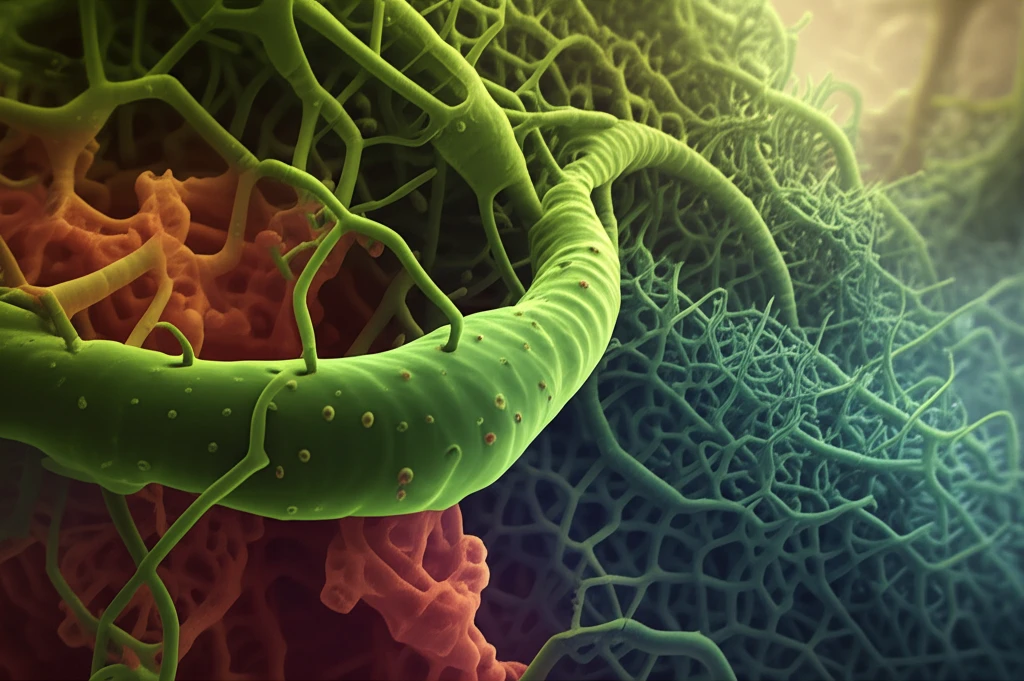
Beyond Plastics: How Nanocellulose is Revolutionizing Sustainable Materials
"Discover the cutting-edge science of nanocellulose composites and their potential to transform industries, from packaging to aerospace."
For years, the world has grappled with the environmental impact of plastics. From overflowing landfills to ocean pollution, the need for sustainable alternatives has never been more critical. Now, researchers are exploring a groundbreaking solution: nanocellulose. This isn't your grandmother's paper; nanocellulose is a revolutionary material derived from plant matter, offering strength, versatility, and biodegradability.
Scientists at Kyoto University and SEIKO PMC Corp. have been at the forefront of this research, investigating how modifying cellulose at the nanoscale can create materials with enhanced properties. Their work focuses on creating nanocomposites – materials that combine the best qualities of polymers (like flexibility) with those of nanomaterials (like strength and stability).
This article delves into the innovative techniques being used to develop these nanocellulose composites, exploring their potential applications and the science behind this exciting sustainable material. Discover how modified nanocellulose is poised to change how we manufacture everything from car parts to food packaging.
What is Nanocellulose and Why is Everyone Talking About It?

Cellulose is the main structural component of plants and is abundant in nature. Nanocellulose refers to cellulose that has been processed to have nanoscale dimensions (think incredibly tiny!). There are two main types: cellulose nanofibrils (CNF) and cellulose nanocrystals (CNC). CNF, the focus of the Kyoto University research, is longer and more flexible, making it ideal for creating strong and resilient materials.
- Renewability: Derived from plants, it's a sustainable alternative to fossil-fuel based plastics.
- Biodegradability: It breaks down naturally, reducing waste and pollution.
- Strength: At the nanoscale, cellulose exhibits impressive strength, rivaling some traditional materials.
- Versatility: It can be modified and combined with other materials to create composites with a wide range of properties.
The Future is Green: Embracing Nanocellulose
The development of nanocellulose composites is an exciting step towards a more sustainable future. While challenges remain in scaling up production and optimizing performance for specific applications, the potential benefits are enormous. From reducing our reliance on fossil fuels to creating biodegradable packaging and stronger, lighter materials for transportation, nanocellulose promises to revolutionize industries and create a greener, more sustainable world. Keep an eye on this space – the nanocellulose revolution is just beginning!
